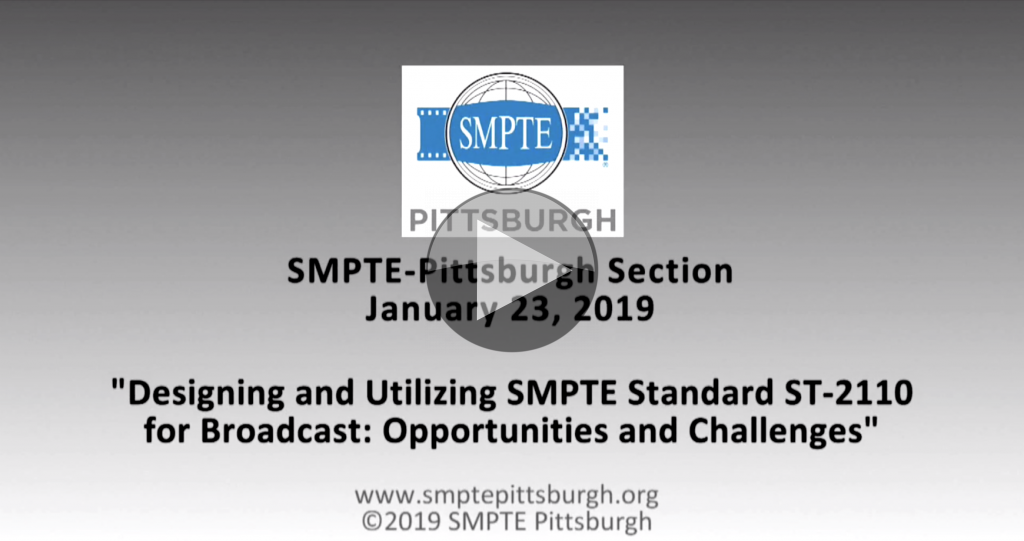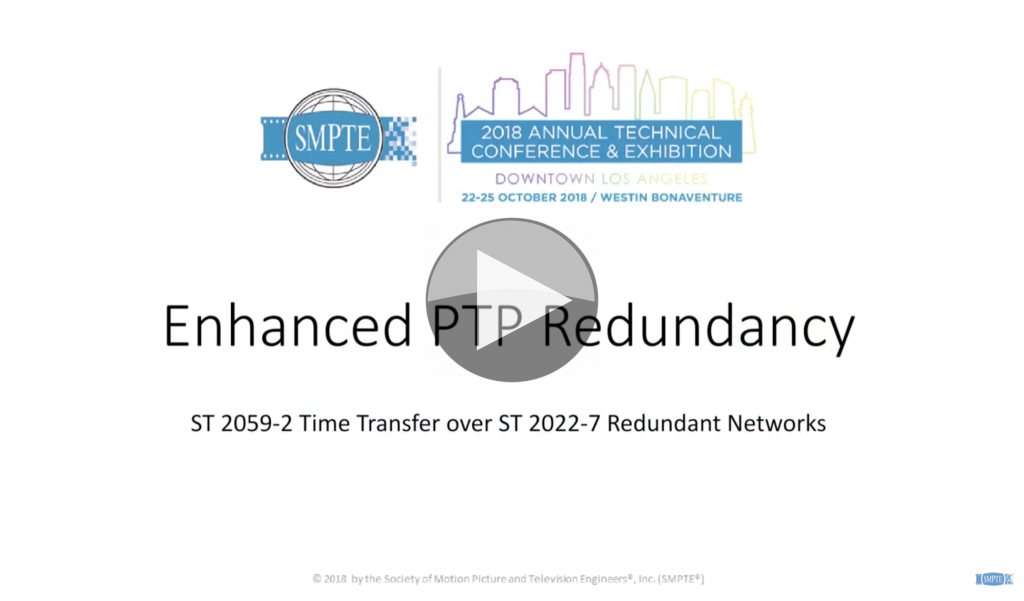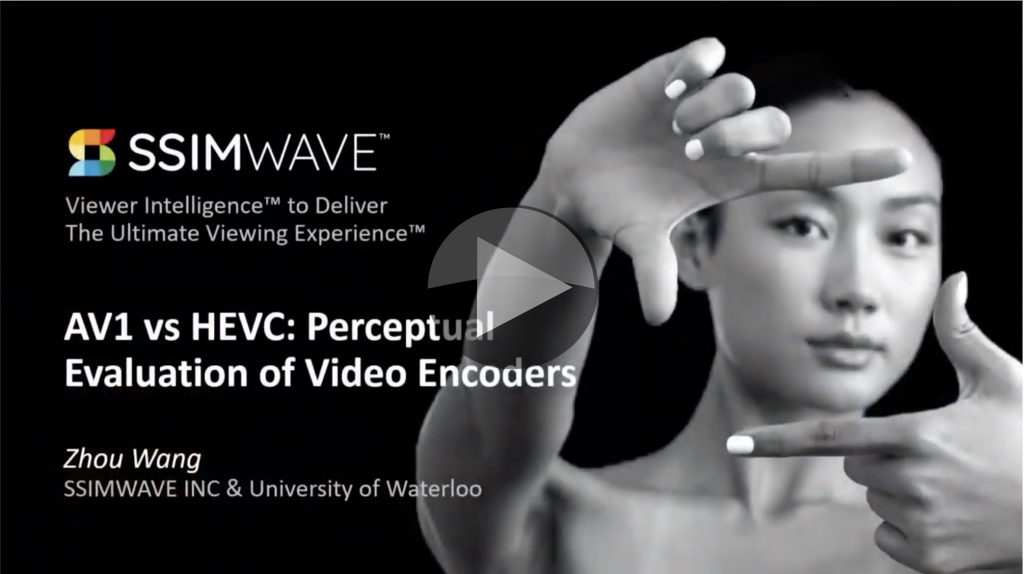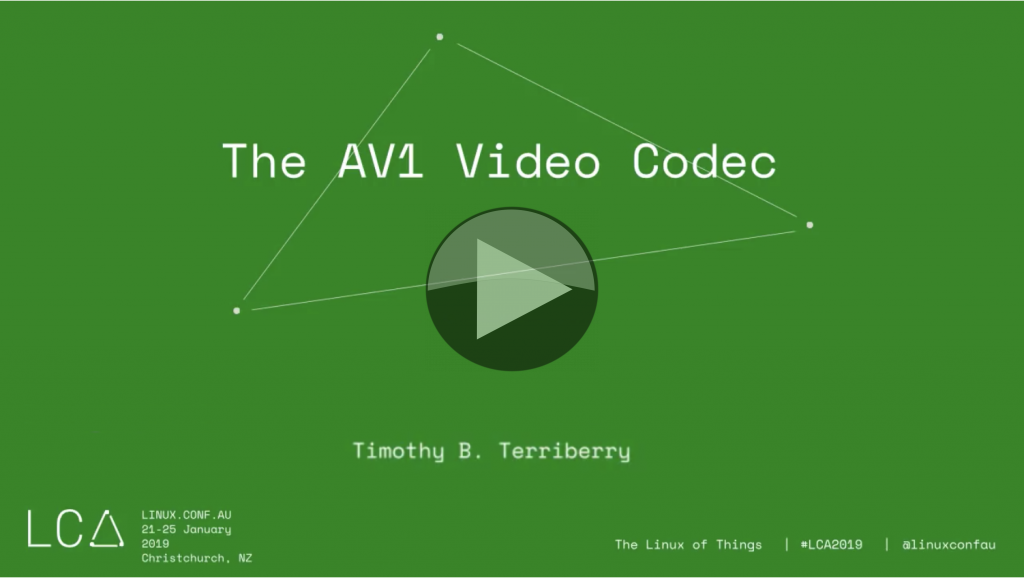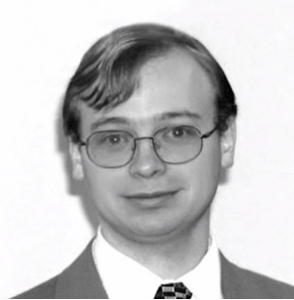A meeting of experienced minds here at the Pittsburgh SMPTE section talking about the opportunities and challenges of ST-2110. Phil Myers from Lawo talks optimistically about the challenges that can and often have been solved in implementing 2110 whether that be network infrastructure or timing, giving a good primer on the whole topic as he starts the session.
Hugo Gaggioni from Sony, talks about NMOS, explaining what AMWA does and the difference between their IS-04,05 and 06 specifications.
Karl Kuhn from Tektronix then discusses packet pacing, PTP and network architectures. He then looks at how to monitor PTP and see it is working well.
With the panel session at the end, joined by Dan Turk from NEP, there is a free-ranging discussion covering some of the following topics:
- Control of IP networks
- The limits of IP
- Multicast traffic
- Network Architecture
- True non-blocking switches
- Break-even points of IP systems
- Split essences & dropping blanking
- Network planning for UHD
- Handling loss of network on PTP implementations
plus much more!
Speakers
 |
Phil Myers Senior Director, IP Systems, Lawo |
 |
Karl Kuhn Senior Field Video Applications Engineer, Tektronix |
 |
Hugo Gaggioni CTO, Broadcast and Production Systems Division Sony |
 |
Dan Turk Chief Engineer, Mobile Units NEP |

